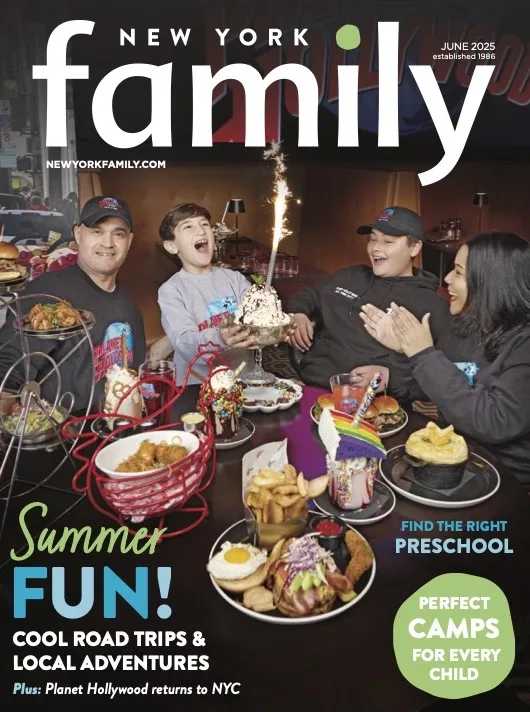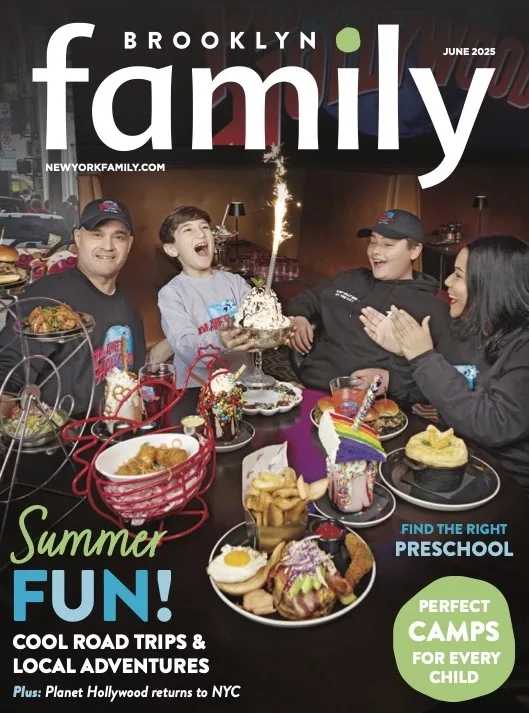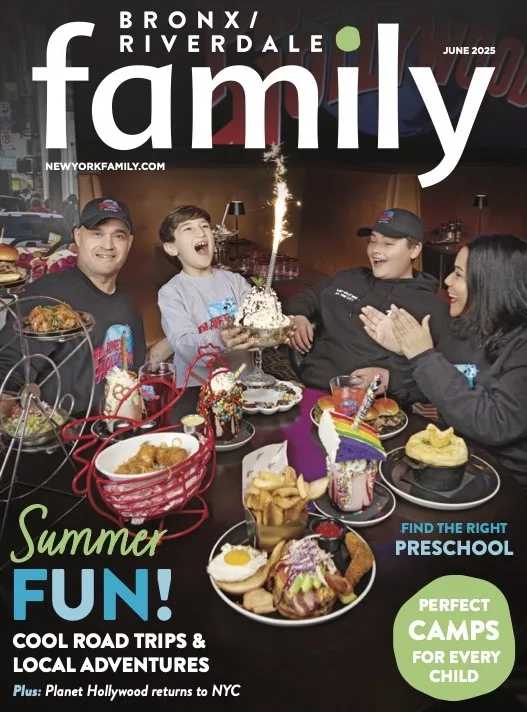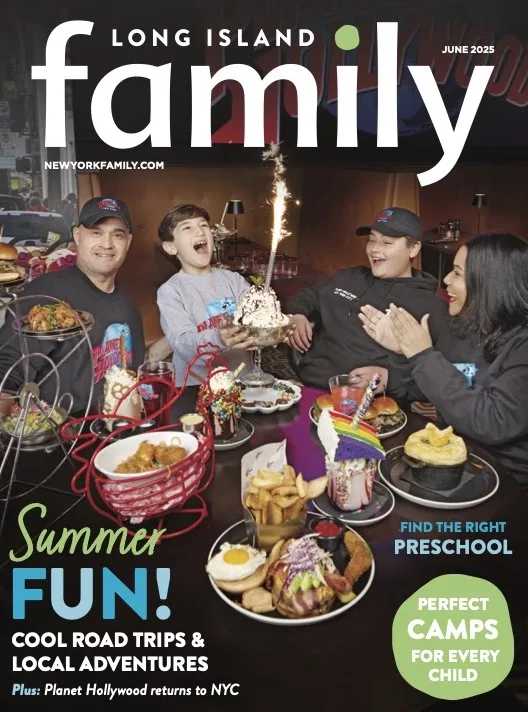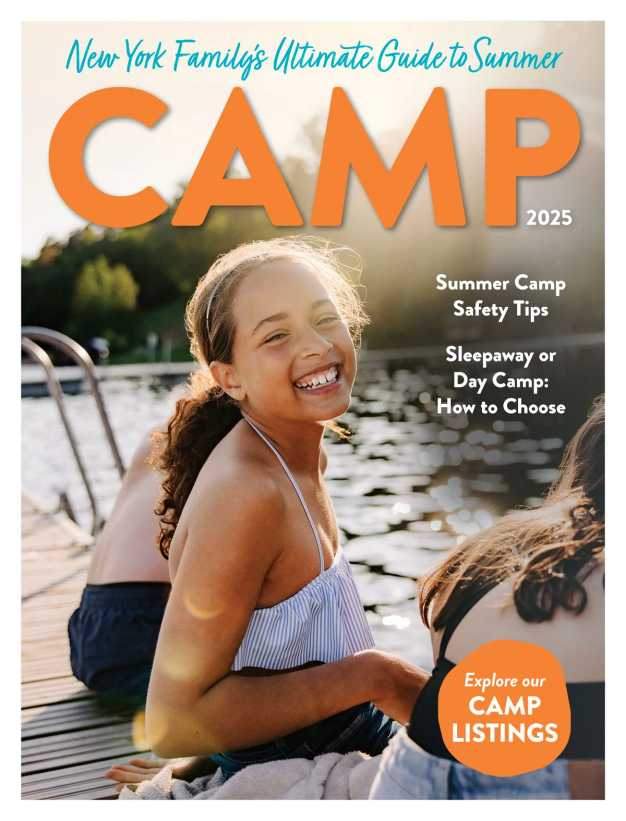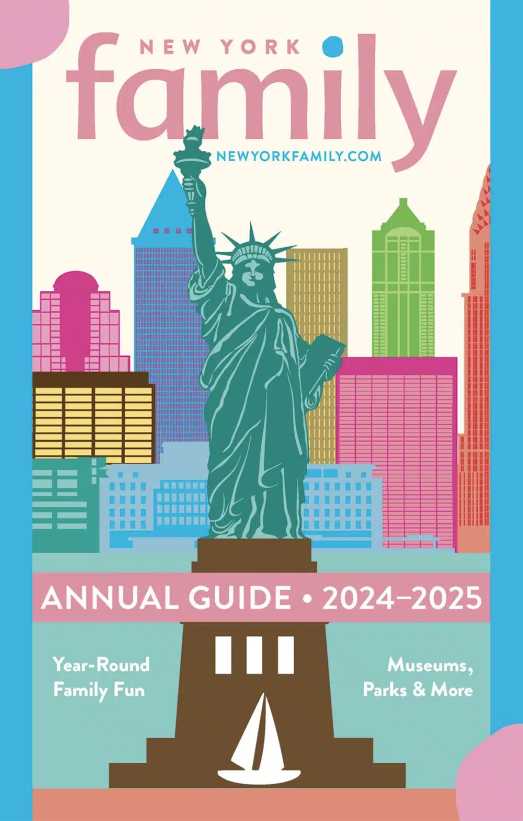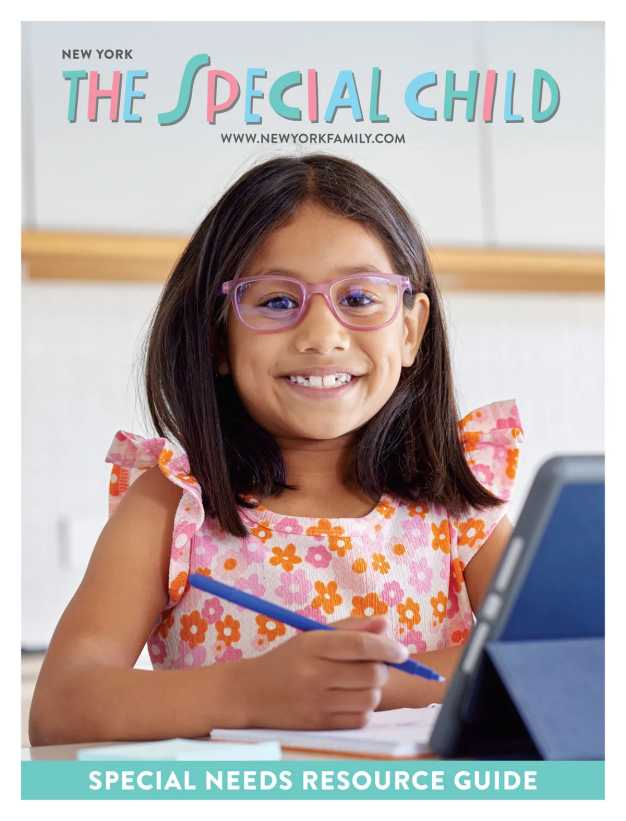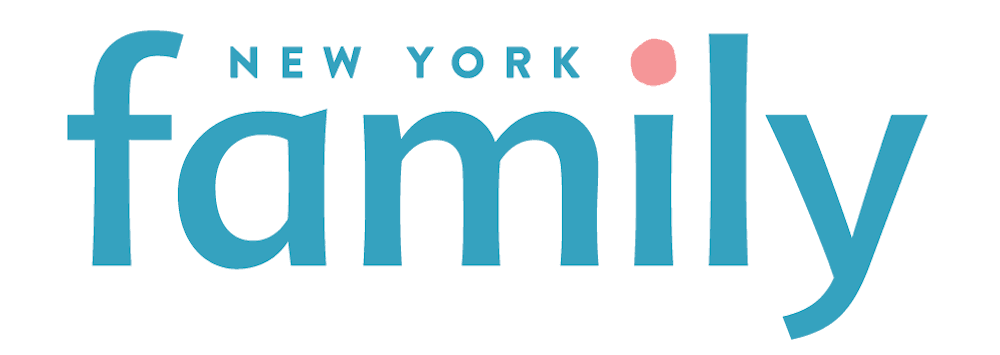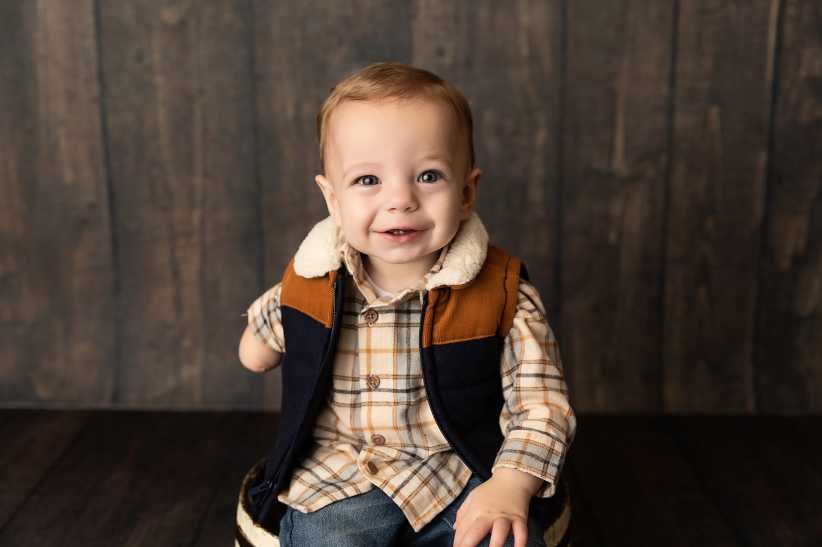
Special Needs Glossary: Definitions and Keywords That Every Family with Children with Disabilities Should Know
Part of navigating a special needs or disability diagnosis (Developmental disability: Physical, learning, language, or behavioral impairments that will delay your child’s development. ADHD, Autism, learning disabilities, etc. are all examples of developmental disabilities) is knowing the words used to describe it. But it can be intimidating to ask what everything means, especially when doctors or websites seem to be speaking another language with acronyms like “ERSS” and “OT”.
We’ve all been in that confusing place before and, as parents, it’s not a fun feeling. That’s why, we’ve created a glossary for keywords that you may want to know as a parent of kids with special needs. This guide includes common disability words, phrases, and acronyms so that you can feel more confident in your parenting journey!
Psst… Check Out Understanding Limb Difference
ADHD
Attention Deficit/Hyperactivity Disorder: A developmental disability that makes it difficult for your child to pay attention or stay focused. Look out for squirming and fidgeting, talking a lot, not being able to wait for their turn, or trouble concentrating.
ASD
Autism Spectrum Disorder: A developmental disability that may delay your child’s speech, motor, learning, and social skills. Early intervention (see below) can help improve skills.
Down Syndrome
A condition caused by an extra chromosome that affects how your child’s brain and body develop. Diagnosis typically happens before or during birth.
Emotional Disturbance
Mental health disorders such as anxiety, bipolar, OCD, etc… that have no direct, identifiable cause. Be on the lookout for aggressive behavior, withdrawal or nerves related to social environments, and vocal outbursts in public places.
Learning Disability
Difficulty learning and grasping new concepts. Learning disabilities include dyslexia (reading), dysgraphia (writing), and dyscalculia (math). See Special Education for more.
Stutter
A speech disorder that makes it challenging for your child to say what they want to say. You may hear them repeat a sound a lot, hold one sound for a long time, or stop speaking mid-sentence.
Helpful Resources
OPWDD
Office of People with Developmental Disabilities: A New York organization that can help connect your family to nonprofit services based on what kind of treatment/therapy they need and provide funding.
Transition planning
Creating an action plan for what your child with disabilities will do after high school. This is often a part of your IEP (see below).
Service provider
An agency or organization that will help your family navigate some aspect of your journey. This could be everything from speech therapy to after-school programs with a focus on special needs to horseback riding as a form of physical therapy.
INCLUDEnyc
A non-profit organization that advocates for young people in NYC to be included in their communities: classrooms, workplaces, etc. They have super informative resources for parents of kids with disabilities, and they can connect you with professionals who can help you navigate your options even further.
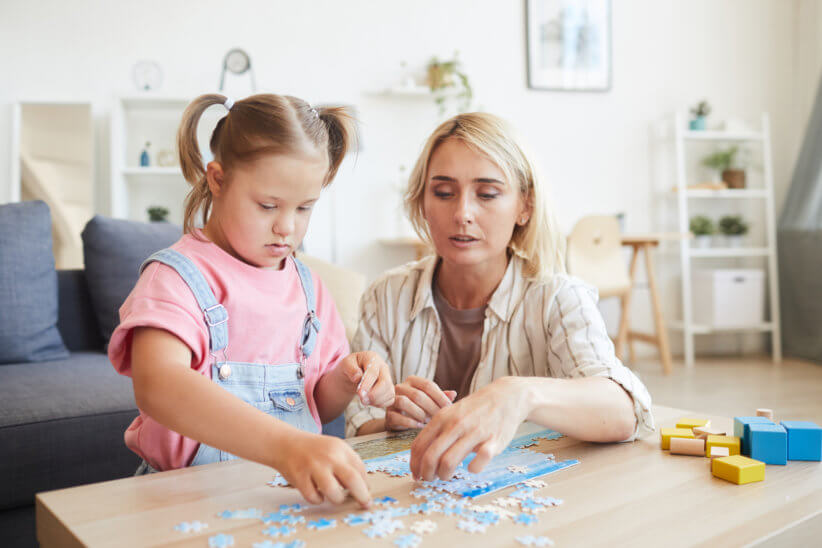
Special Education
Inclusion
Everyone in the classroom feels welcomed by the school, teacher, and classmates. For kids with disabilities, inclusion is definitely a keyword to look for when choosing a school!
IEP
Individualized Education Program: A written plan for your child’s education as a special needs student. According to the NYC Department of Education (DOE), this means your child is guaranteed a free and appropriate public education in a Least Restrictive Environment (see below). Your child’s IEP will also include development and progress reports, evaluation results, specific needs, and anything else that is relevant to your child’s success.
IEP Teams
Your IEP team will be made up of you (as a parent/guardian), a school psychologist, a special education teacher (and sometimes a general education teacher), and the district representative. It may also include a school physician or other service providers who have worked with your child.
LRE
Least Restrictive Environment: Your child will be in a classroom with kids who do not have a disability diagnosis.
SETSS
Special Education Teacher Support Services: Either a special education teacher will design specific activities for children with special needs or collaborate with the general education teacher to modify the entire classroom to accommodate them.
SEDL
Special Education Distance Learning: Modifying special needs education for virtual/online students. This became especially important during the pandemic.
SWD
Students With Disabilities: Used to refer to special needs children in the classroom.
SC– Special Class
If your child’s needs cannot be met in a general education classroom, they will have all classes taught specifically by a special education teacher. These classes are typically very small in NYC schools, with up to 12 students for elementary/middle school and up to 15 for high school.
PBIS
Positive Behavioral Interventions & Support: NYC school-wide approach that encourages positive behavior instead of punishing or pointing out the negative. One example of this is changing a poster from “No Food. No Weapons. No Drugs.” to “School Rules: Be Safe, Responsible, Respectful”. This positive environment is especially important for special needs education.
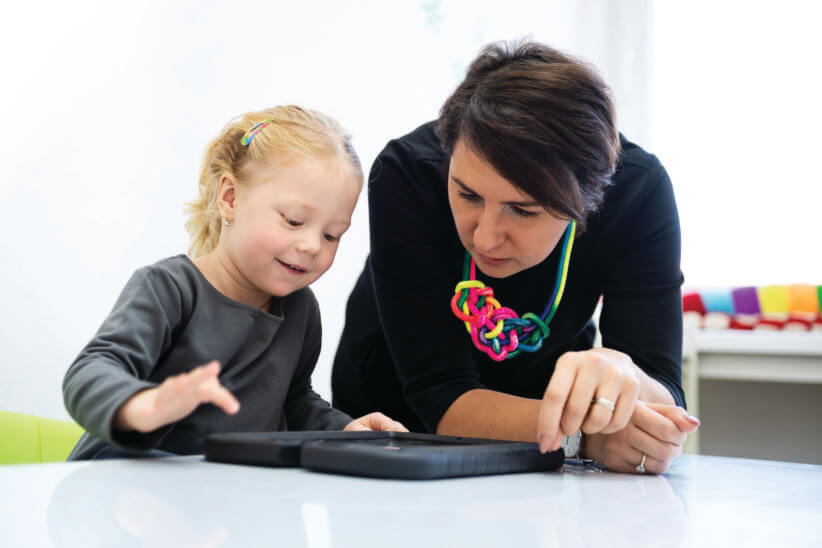
Treatment & Evaluation
ADL
Activities of daily living: Day-to-day actions like brushing your teeth, going to the bathroom, walking up and down stairs, etc. are used to determine your child’s diagnosis and progress.
Early intervention
Services and support for infants and young children with developmental disabilities. Early intervention can often help improve your child’s skills and progress.
OT– Occupational Therapy
Focuses on ADLs (see above) and other everyday skills that your child will work on.
PT- Physical Therapy
Focuses on physical developmental disabilities and helps your child with mobility and movement.
Speech pathology
Focuses on language and speech disabilities to help your child communicate their thoughts.
Regression
Your child loses skills that they previously had. If regression happens, you may want to revisit and revise your child’s IEP (see above).
AT
Assistive technology: Any device that helps your child’s special needs by improving their capabilities. ATs include wheelchairs, text-to-speech, voice recognition, and more.
ABA
Applied Behavior Analysis: A positive-reinforcement program designed to understand your child’s behavior in real-life situations. It is most commonly used for children with Autism, but it can also be effective for other developmental disabilities.
Developmental milestones
Key movements, expressions, speech, etc., that show your child’s progress. For little ones, this may include smiling at people, crawling, copying sounds, and reaching for toys.
Psst… Check Out New York Special Child
